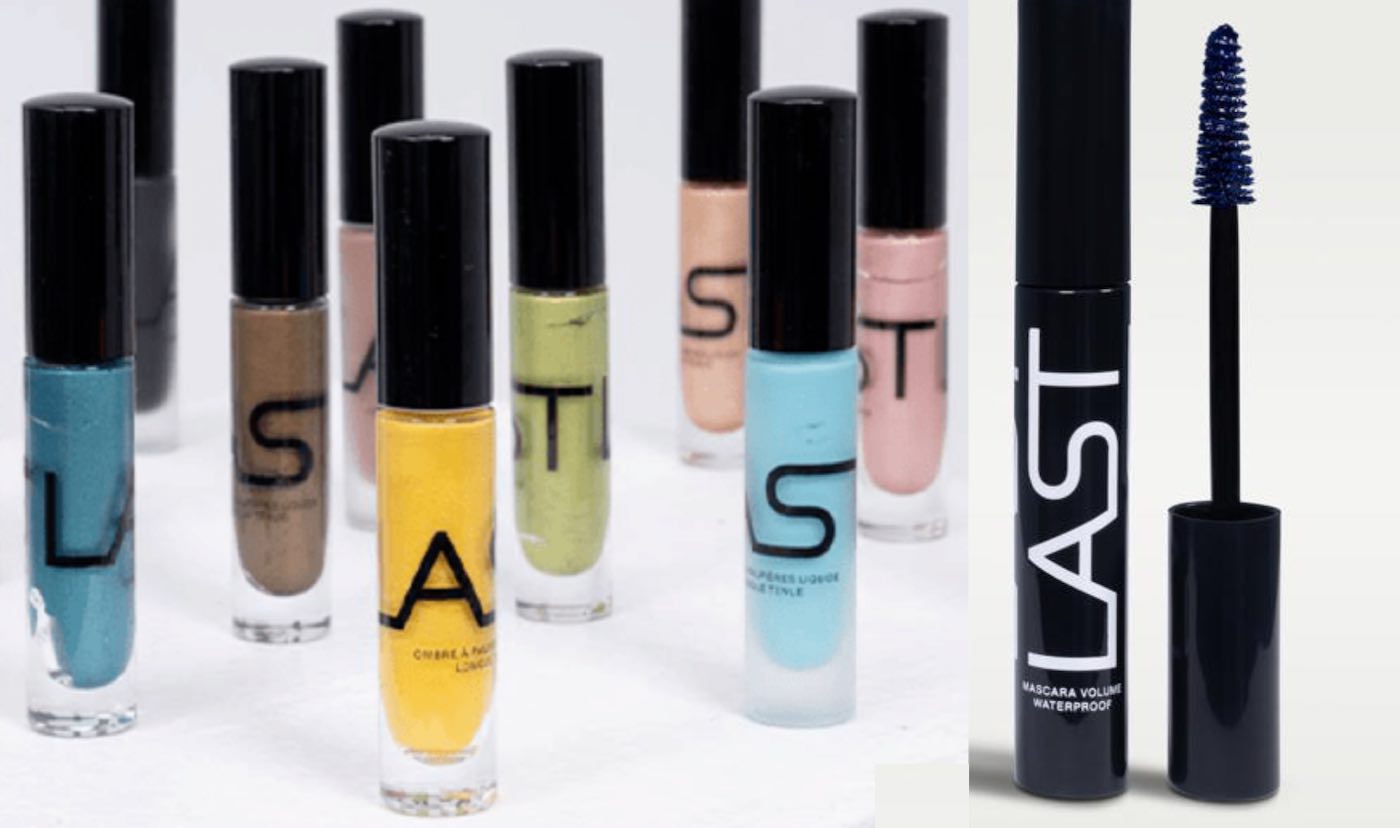
Living
Plant Based, Sustainable Makeup is Now a Reality
As more companies in a range of industries look to make their operations environmentally friendly, some have to reconsider the traditional ways they have used for decades with great success. Cosmetics is one of these industries that uses an old formula to create the products and is now looking for a new, more green friendly way to bring the industry into the future.
Consumers may not be aware of it, but much of the long wear makeup on the market is made using fossil fuels, which is not good for the earth. Collection and use of fossil fuels creates byproducts that are harmful to the earth. One of the key ingredients in many cosmetics, isododecane, is made using crude oil. While plants can be used instead, many cosmetics makers have been reluctant to try any new methods to make eyeshadow, lipstick and other makeup products because they don’t want to deal with the increased cost. In fact, using plants in place of oils can increase the cost of making them by 100 times, making it cost prohibitive for manufacturers.
Last, a new makeup line developed by Marc Delcourt, uses plant synthesis to make isododecane instead of the traditional oil. Combining this with vegetable waxes and olive oil, the products are made to be just as long-lasting as the competitors on the market, and have the same long wear times as conventionally made makeup. The Last products also incorporate recycled products into the packaging to make them even more green friendly. The idea is to give the consumer a choice to support green initiatives while still getting the same quality product they need.
The future plans for this new formulation of cosmetics go far beyond just the Last line and stand to change the entire cosmetics industry in time. Delcourt has future plans to expand on the methods that have made the Last products possible. Producing more of the plant based alternatives to fossil fuel ingredients, the company plans to sell it to other cosmetics manufacturers. These companies can then use the plant based isododecane to make the cosmetics they sell.
Stopping climate change and being more environmentally friendly is a mandate that more companies are embracing, and consumers are eager to support. By taking steps to reduce the amount of fossil fuels used, the cosmetics industry can be an example for others who want to do better.
Living
Six-Year-Old Willow Hamrick Celebrated at the Walk to Cure Arthritis This Weekend
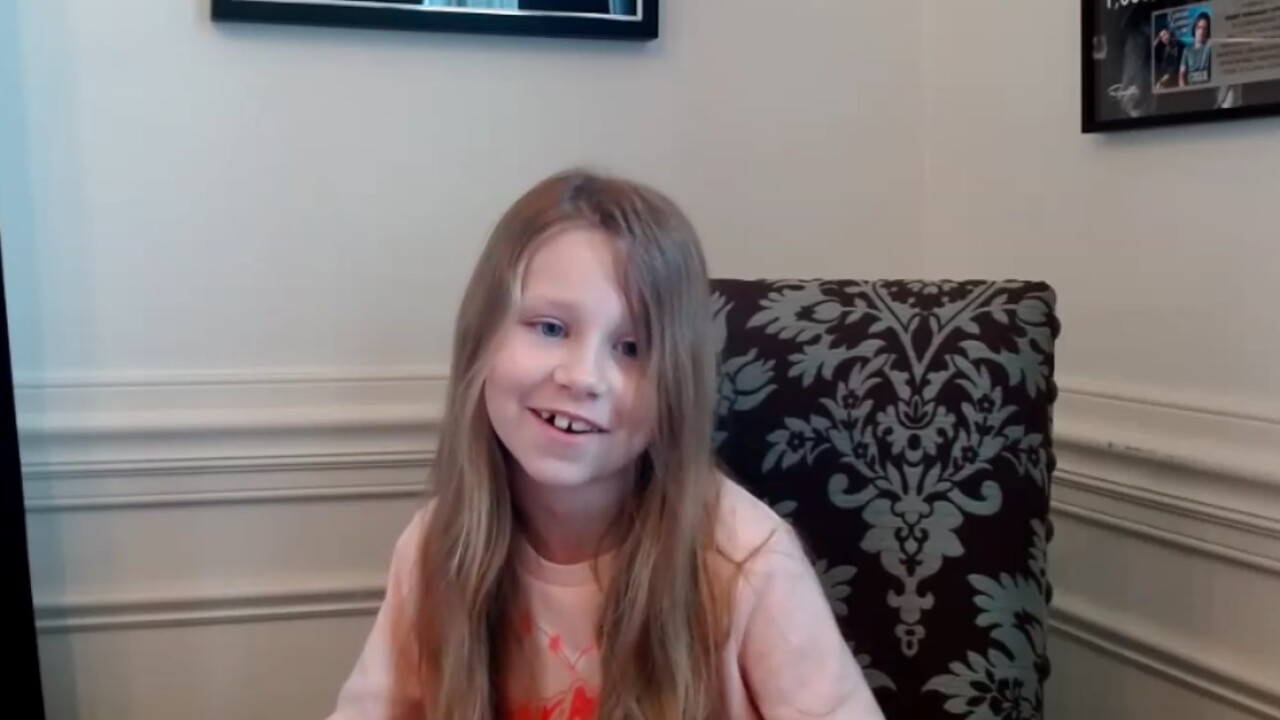
Willow Hamrick, a spirited six-year-old, is being honored this weekend at the annual Walk to Cure Arthritis for her brave fight against the condition. Diagnosed at just three years old, Willow has faced the challenges of arthritis with remarkable courage. Currently a first grader at Nolensville Elementary, she frequently misses school for medical appointments and undergoes weekly injections to manage her symptoms.
Her mother, Kelsey, reflects on the journey, describing it as a rollercoaster of emotions. However, she proudly notes that Willow has become adept at handling her treatment regimen, calling her a “rock star” when it comes to taking her shots.
Willow will serve as the youth honoree at the event, which is set to take place at Centennial Park on Sunday at 1 pm. The Walk to Cure Arthritis is a key fundraiser for the Arthritis Foundation, supporting vital research aimed at finding a cure for the disease that affects one in four adults and over 300,000 children in the U.S.
While participation in the walk is free, attendees are encouraged to donate in honor of Willow or others affected by arthritis. Willow herself has contributed significantly, raising over $3,000 for the foundation.
Despite her condition, Willow remains active and enthusiastic, enjoying gymnastics, art, and quality time with friends and family. She is determined not to let arthritis hold her back, embodying resilience and hope for many others facing similar battles.
Living
Advanced Technology Empowers Quadruple Amputee Jessica Haldin to Pursue Driving
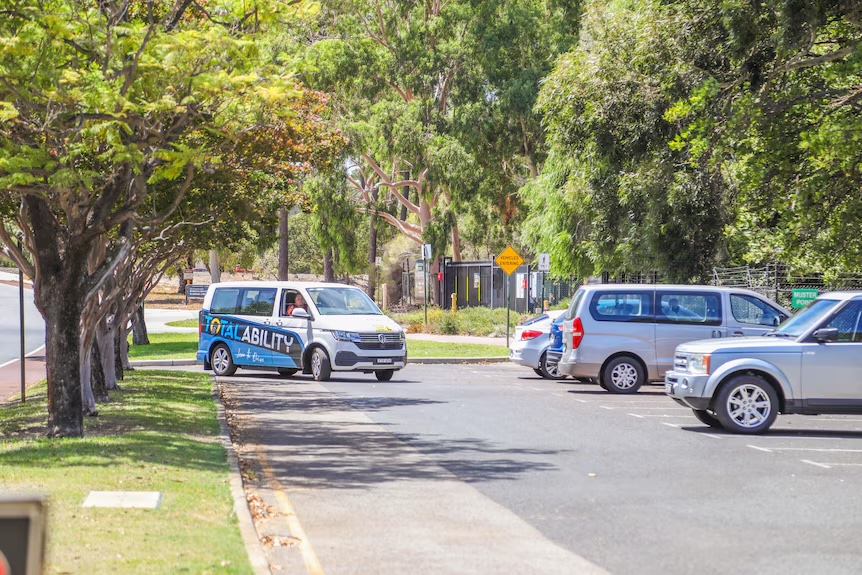
Jessica Haldin, who lost her limbs to meningococcal disease at age two, once believed driving was out of her reach. Growing up in Rockingham, a suburb of Perth, she watched her friends earn their driver’s licenses, symbolizing freedom she longed for but felt was unattainable. However, now at 33, Jessica is learning to drive using a specially modified vehicle equipped to accommodate her needs as a quadruple amputee.
Five years ago, Jessica’s coordinator encouraged her to pursue driving, assuring her that she could obtain a license and secure necessary funding. Today, her vehicle is fitted with a joystick for steering, braking, and accelerating, along with a voice-activated system for controlling indicators, the horn, and other features. Despite the initial anxiety, Jessica’s first driving lesson was a profound step toward independence.
The journey to this point wasn’t simple; securing approval and funding from the National Disability Insurance Scheme (NDIS) was a lengthy process. Yet, the possibility of gaining mobility and freedom has greatly excited Jessica. She expressed a desire to escape the confines of her home life, where she largely depends on her mother, and explore places like Margaret River and Albany on her own.
Tamlyn Macdonald, Jessica’s support worker, expressed pride in her progress, noting that helping clients achieve independence is the ultimate goal of the NDIS. She looks forward to transitioning from caregiver to friend as Jessica gains more autonomy.
Mikayla Kongram, an occupational therapist and driving instructor, highlights that Jessica’s story is becoming increasingly common as technology advances. She sees daily how vehicle modifications enable those with disabilities to drive, expanding their world dramatically compared to the pre-NDIS era. Despite some individuals still facing challenges due to physical limitations, technological innovations continue to broaden possibilities, allowing more people with disabilities to experience the independence of driving.
Living
Biggest Sea Turtle Release Ever on Georgia’s Jekyll Island
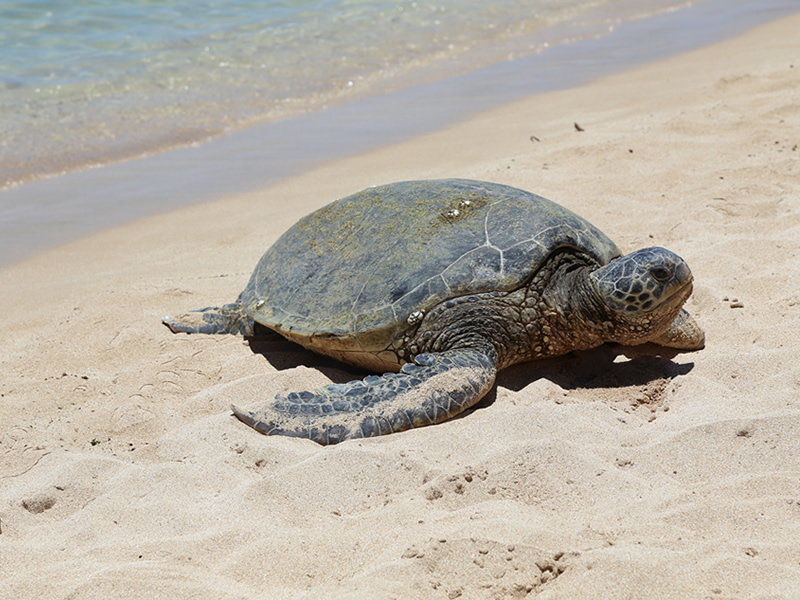
In two days, Georgia will witness its largest sea turtle release ever on Jekyll Island. The Georgia Sea Turtle Center announced that over 30 turtles will be returned to the sea. These turtles come from various places like Turtles Fly Too, NOAA, Mystic Aquarium, New York Rescue Center, and New England Aquarium.
Many of these sea turtles needed help because they were cold-stunned, but now they are better and ready to go back to the ocean.
Sea turtles are fascinating creatures. They live in oceans around the world and are known for their long migrations. Some species travel thousands of miles to lay their eggs on the same beaches where they were born. They are also ancient animals, having been around for over 100 million years, which means they shared the planet with dinosaurs.
Sea turtles like to eat a variety of foods. Depending on the species, their diet can include jellyfish, seaweed, crabs, shrimp, and even small fish. They have a unique way of navigating the ocean, using the Earth’s magnetic field to find their way.
Unfortunately, sea turtles face many challenges. They are threatened by habitat loss, pollution, climate change, and accidental capture in fishing gear. That’s why the work of rescue centers and rehabilitation programs is so important to help these vulnerable sea creatures survive and thrive in their natural habitat.
Living
Drones Are A Powerful Ally For Animal Right Campaigners
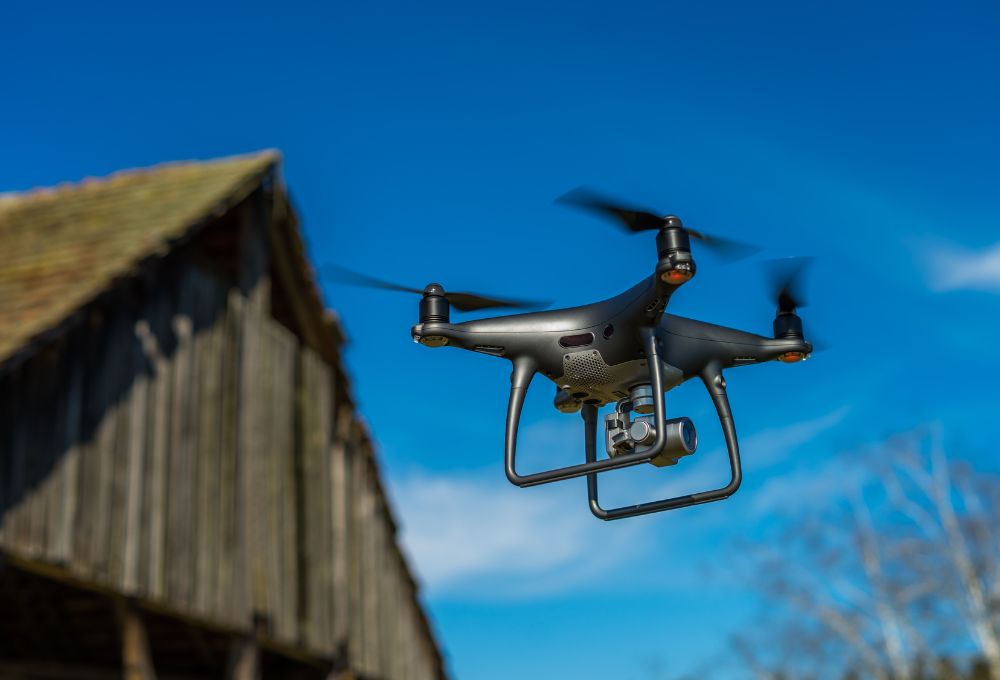
Drones have become powerful allies for animal rights campaigners, offering a bird’s-eye view that’s hard to beat. These flying gadgets are not only affordable but also simple to operate, making them perfect for keeping an eye on illegal activities like fishing, hunting, and deforestation. They’re also great for monitoring conditions in zoos and aquariums.
A striking example comes from UrgentSeas, an organization that sprang into action after hearing about a lonely manatee at the Miami Seaquarium. Using drones, they captured footage of the manatee, named Romeo, in a neglected pool. The video went viral, leading to public outrage and eventually the relocation of Romeo and his mate Juliet to a sanctuary.
Since their introduction in the early 2010s, drones have been revolutionary for groups like PETA, who’ve used them to uncover illegal hunting activities. In marine conservation, drones offer an unparalleled view of the living conditions of sea creatures, highlighting the cramped spaces in some facilities.
Sea Shepherd, a marine conservation group, utilizes drones to document illegal fishing activities in international waters. The advancements in drone technology have made these devices quieter and more discreet, crucial for documenting illegal actions without alerting the perpetrators. Simon Ager of Sea Shepherd emphasizes the effectiveness of drones in these operations, noting their ability to capture evidence of illegal activities from a safe distance, thus reducing the risk to conservationists.
In essence, drones are more than just tools; they represent a shift in how activists and conservationists can safely and effectively gather evidence, raise awareness, and prompt action to protect animals and their habitats. They enable discreet observations and can reach places that are otherwise inaccessible or risky for humans, proving to be an indispensable asset in the fight for animal rights and environmental protection.
Living
New Bazaar Blends American & Indian Cultures
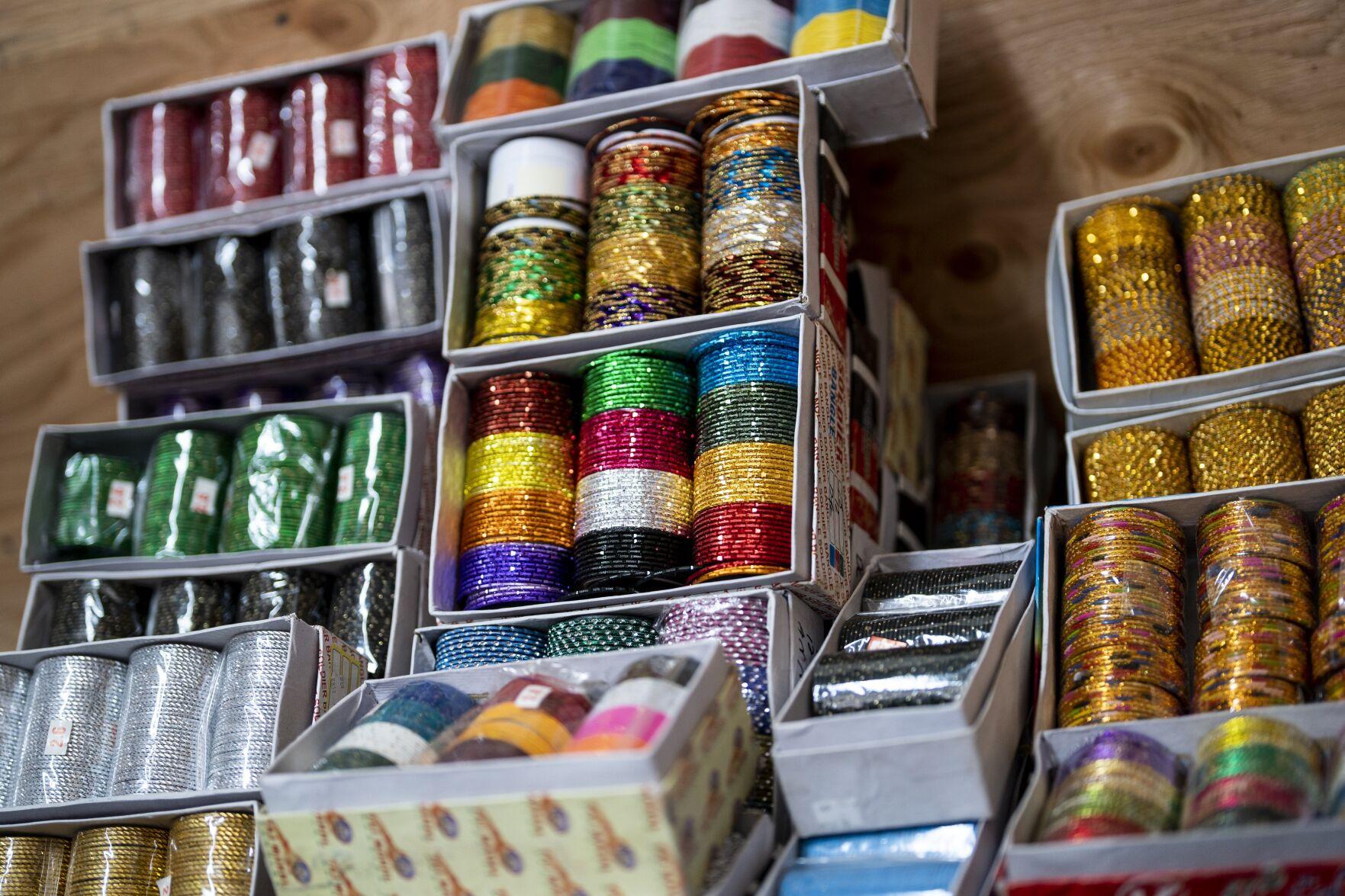
In Buffalo’s East side, something exciting is happening at the Buffalo Trade Center! It’s becoming a bustling market, blending Indian and American cultures, thanks to Samad, a visionary with Indian roots but raised in the U.S. This new market isn’t just any ordinary place; it’s a vibrant bazaar with 30 vendor stalls, offering a sneak peek into a future filled with shops, a halal supermarket, offices, a playground for kids, a restaurant, a food hall, and a community center.
Samad, together with his uncles Khaled Ali, Iqbal Ali, Moynul Samad, and Faisal Ahmed, owns this center. They’re embarking on an ambitious project, starting with the vendor stalls and a retail liquidation center, all set to open this summer. But the excitement has already begun with a pop-up vendor festival, especially timed for Ramadan, attracting thousands of people and giving a taste of what’s to come.
This market is more than just a place to shop; it’s a springboard for aspiring business owners. Samad’s idea is to create a space where anyone with a dream can start their business journey with minimal initial costs and supportive surroundings. Last year, this place drew in 5,000 visitors, and it’s clear it has a special vibe that people love.
Samad’s vision extends beyond business. He aims to build a community that reflects the diversity and inclusivity of Buffalo itself. He’s looking for vendors who are not only entrepreneurial but also kind and welcoming to everyone, reinforcing that the Buffalo Trade Center is a place for all, not just for the Bangladeshi community.
Through Samad’s efforts, the Buffalo Trade Center is set to be a hub where different cultures meet and mingle, proving that despite our diverse backgrounds, we share more similarities than differences. This market is shaping up to be a place where community, culture, and commerce come together beautifully.
-

 OMG6 years ago
OMG6 years agoA Couple Gave Birth to the Most Beautiful Twins Ever
-

 OMG6 years ago
OMG6 years ago20 Rare Historical Photos
-

 OMG6 years ago
OMG6 years agoHilarious Airport Photos
-

 Cute6 years ago
Cute6 years agoMom Refuses to Let Daughter Eat Sugar and Years Later This is What She Grows Into
-

 OMG5 years ago
OMG5 years agoTop Secret Air Force One Facts That You Never Knew
-
OMG5 years ago
The Funniest Yearbook Photos Of All Time
-

 OMG6 years ago
OMG6 years agoRetired Mathematician Restores Log Cabin
-

 OMG4 years ago
OMG4 years agoWhat Happened When This ‘Duck Dynasty’ Legend Chopped Off His Beard?